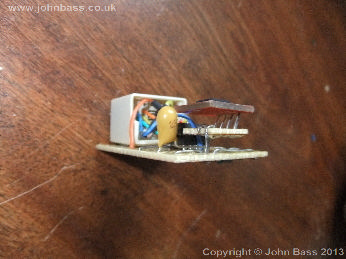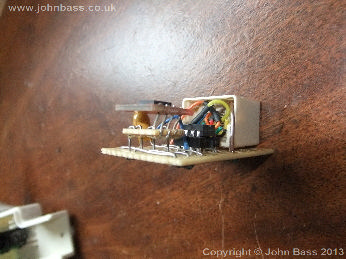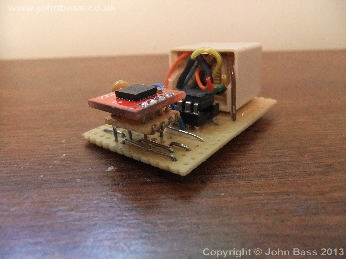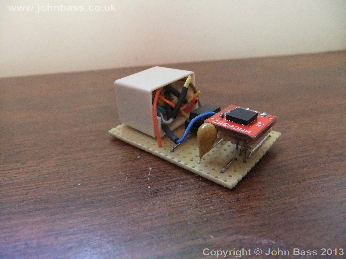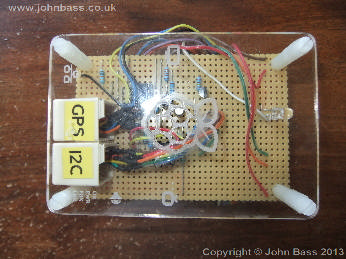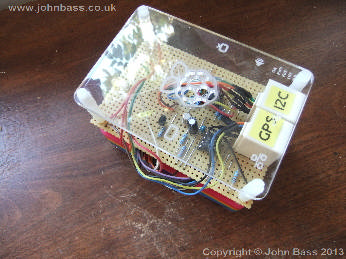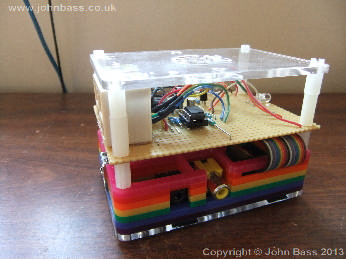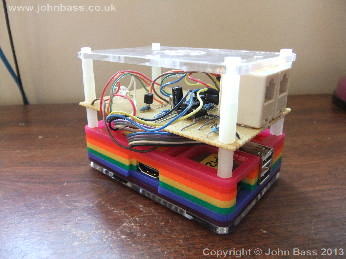Main Menu
Weather Station Menu
Lightning Radar Menu
Interests
Raspberry Pi Menu
Home Automation Menu
Gallery Menu
Visitor Counter
 63.0%
United Kingdom of Great Britain and Northern Ireland
63.0%
United Kingdom of Great Britain and Northern Ireland
 11.1%
Unknown
11.1%
Unknown
 10.6%
United States of America
10.6%
United States of America
 2.3%
MOD_JSVISIT_COUNTRY_XZ
2.3%
MOD_JSVISIT_COUNTRY_XZ
Total:
63
Countries
|
Saturday, 05 July 2025 18:01
|
Website now runing Joomla 4, Engima Machine Images added, Gatwick Aviation Museum Images added.Notice
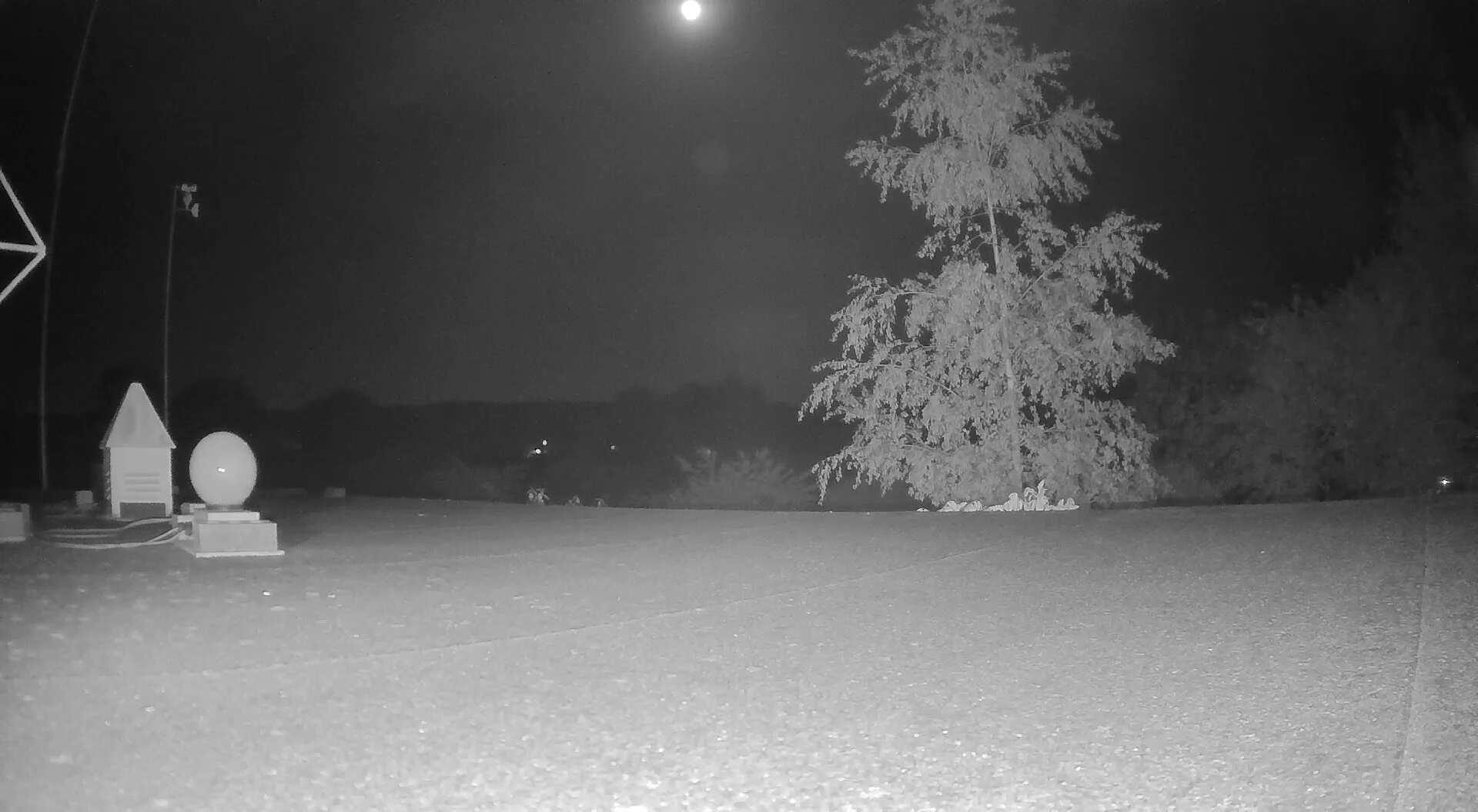
approximately south facing, Image updated every 5 minutes.
Rain Gauge Heater Project
Created: 14 March 2014Over the last few years, when snow has fallen the rain gauge stopped working. It then took a number of days before operation was resumed. When the gauge started working again, the water would be measured at the wrong point in time indicating it's raining(snowing) when it's not. So I have built a rain gauge heater... click here to see project page.
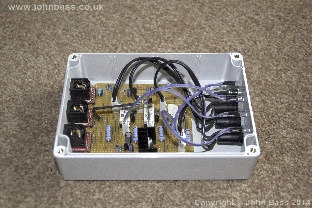 |
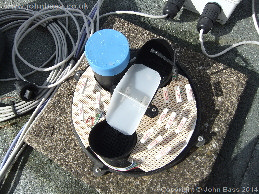 |
Raspberry PI - OLED
Created: 15 December 2013Here is a short video of my latest additions to my Raspberry PI. I have connected an i2c bus OLED display to show the current settings of the NTP system, i2c compass and the upcoming 1Wire rain gauge heater. As the PI is headless, this gives me the status of all the running control systems without needing to login into it.
Raspberry PI - I2C Compass
Created: 19 November 2013Well here is my latest project. I wanted a way to get to grips simply with the I2C bus on the Raspberry PI. So as I have a problem in setting up my weather station anemometer, to point it north, using a I2C compass (HMC6352) mounted in the anemometer was the answer, which of course is totally over the top solution, great.. roll on.
The mast comes down about twice a year for maintenance, just really to check it over, but every time I put it back up it is a pain to get it to point north, this solves it, well I hope so, it's yet to be fitted, the compass is not the mast :-)
Below you can see the sensor that is going into the anemometer, luckily there is space, in fact AAG must have known I was going to develop this :-), it just fits, perfectly, however it has to be compact, I think I have achieved this....
There is one tiny little problem though, the I2C bus was designed to have a max distance of a few inches, not 20 meters plus... However you will notice a little 8 legged chip on the vero board, this is an I2C bus driver (P82B715PN), and it works a treat, so far I have tested it over a 20 meter cat5 patch cable, and it works great. I did however have too pop a small capacitor to help with the power requirements over this length of cable.
My usual way of making sensors/device easy to remove is to use a good old RJ45 connector, I use RJ45 couplers, that I crack open, a simple twist, even more convenient is the pin assemblies can be removed, thus make them easy to cable. The coupler housing is simply hot glued to the vero board.
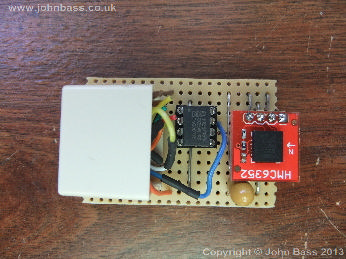 |
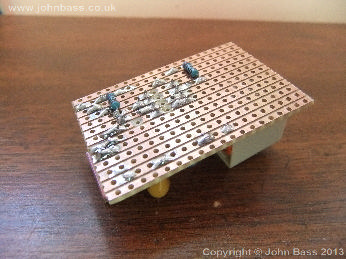 |
This is the first fit into my backup anemometer, as you will see the compass chip is a tad tight to the main instrument board, so a little fettling was needed..
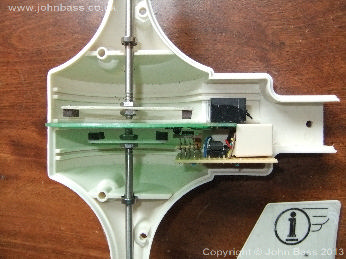 |
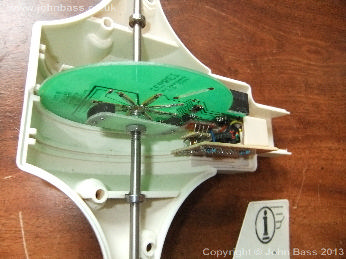 |
Following is the pictures of the fettling, as you can see the distance from the instrument board is much improved.
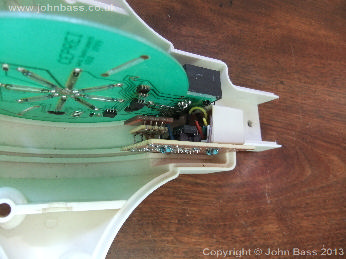 |
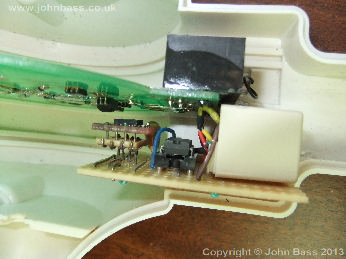 |
There is plenty of information on the net about the Raspberry PI and how to setup its I2C bus, and also examples of various code, be it mostly python, which I am just coming round to like, after many years.
I have also had to modify the Raspberry PI proto vero board, picture to follow, again, it has an RJ45 socket on it, to make it easy to disconnect the compass.
Here are some shots of the circuit at the PI end.
Page 1 of 2
House Power Usage

House Temperatures

Word Cloud
Sun Up, Sun Down
| 04:41 | 13:04 | 21:27 | |
| Hassocks, West Sussex | |||
Moon Phase


